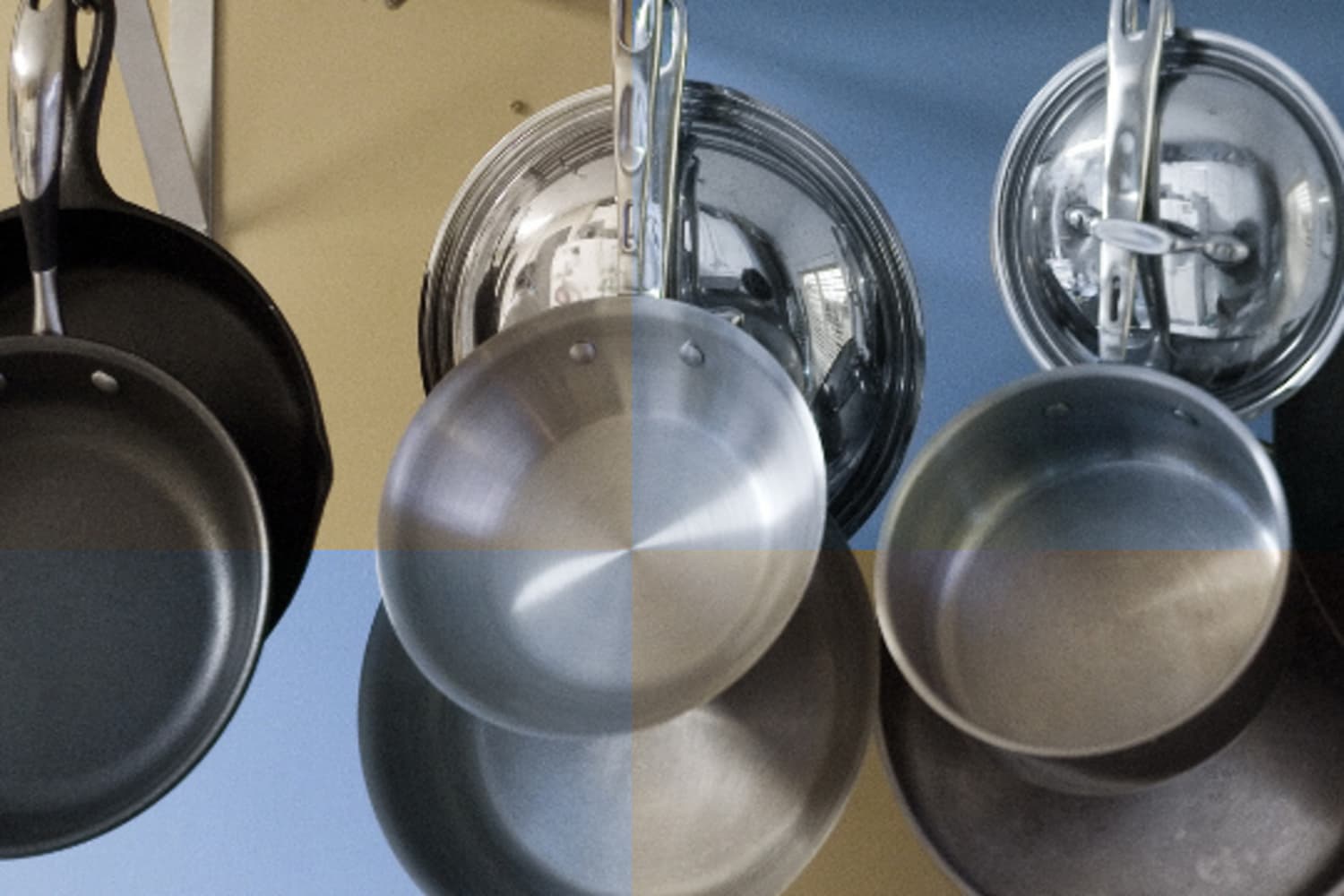I wanted to love stainless-steel cookware, but even the best quality is "reactive", which becomes an issue at some point. I came to love Pyroceram! It is vintage Corning Ware. I got mine on eBay. With a generously tasty amount of fat(s):
- grass-fed tallow
- grass-fed ghee
- pasture-raised lard
- grass-fed butter
- organic coconut oil
- MCT oil
(I love them all!) ...and appropriately low heat, I rarely have issues with anything sticking.
Most individuals overcook the food and as a result they drives the flavor out of it!!
Undercooking is dangerous, but overcooking is a waste of a great meal!!
Absolutely! Overcooking is a kitchen crime. :]
Regarding undercooking, for the most part, the danger is
not in the cooking temp; it's in the handling of the food. Sashimi (raw fish) is safe if it is handled well from catch to table, served raw. I eat raw egg yolks almost daily, for nearing a decade now, and I've never had an issue. I get pasture-raised, soy-free eggs from my local Amish farmer, or in a pinch, Pete and Gerry's at the supermarket. It has never been an issue. Oh, bonus, I peel the shell membranes out and eat those raw, too. It has to be a pretty healthy egg to easily peel out the membrane. I do not eat the whites raw because they are difficult for humans to digest that way.
There are exceptions, as I would not eat undercooked chicken, but as
@SailBoat points out, most chicken is
over cooked. (I don't eat chicken at all—just unborn chicken as raw yolks and membranes.)



